Are you curious about the common features in a tiny house?
Like most people, you’re probably wondering what the common features are in a tiny house.
After all, they are becoming increasingly popular lately!
And for a good reason – they offer a lot of benefits that can be appealing to many people.
This blog post will discuss 15 common features in a tiny house. We will also talk about some of the things you need to think about before deciding to buy or build one.
So what are common features in a tiny house? Keep reading to find out!
What Are Common Features in A Tiny House?
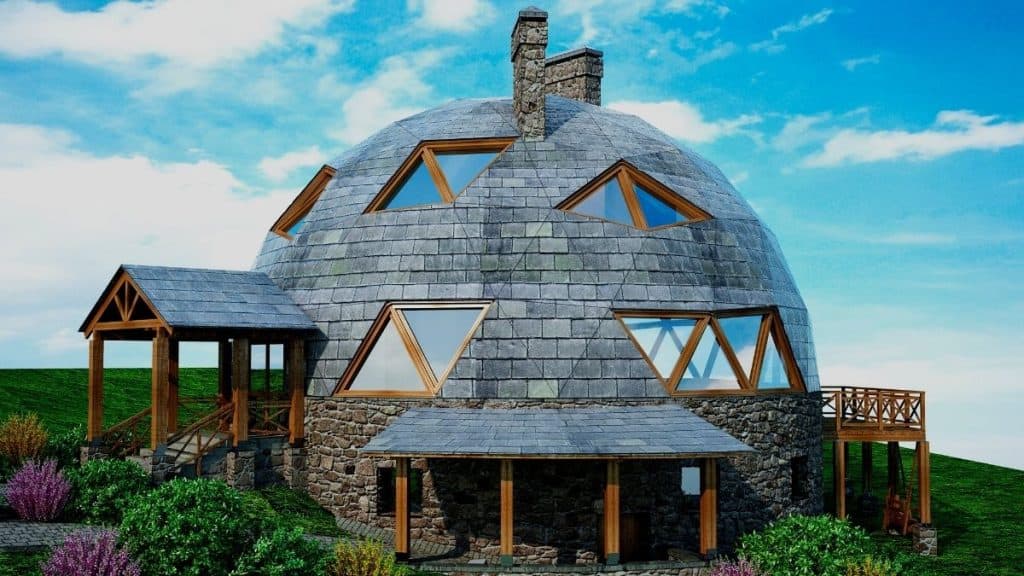
As the sunset behind the mountains, Gia closed the door to her tiny house and sighed with relief.
It had been a long day at work, and she was looking forward to spending some time relaxing in her cozy home.
Gia’s tiny house had been a lifesaver in the past year since she had lost her job and was struggling to make ends meet.
At only 200 square feet, her tiny house was small but manageable.
She loved how everything had its place and how she could quickly move from one room to another without feeling cramped.
The best part was the retractable roof, which allowed her to soak up the sun or stargaze on clear nights.
When most people think of houses, they imagine a sprawling ranch with plenty of bedrooms and a huge backyard.
However, an emerging trend in the housing market is the tiny house.
As the name suggests, tiny houses are much smaller than traditional homes, and they often incorporate creative design elements to make the most of the limited space.
Common features in a tiny house include Murphy beds, lofted ceilings, and multipurpose furniture.
Some tiny houses also have retractable roofs or walls to give the occupants a temporary outdoor space.
While living in a tiny house requires some adjustments, many people find that the compact size of these homes allows them to live a simpler and more efficient lifestyle.
Let’s dive in and see the common features in a tiny house?
1. A Loft

There are a few common features that you’ll see in most designs when it comes to tiny houses.
One of the most popular is a loft.
A loft can be used for sleeping, storage, or even an extra living space.
And since lofted areas are often open to below, they can help make a small space feel more spacious.
Most lofts are pretty similar in construction but can be made to look unique by adding trim, railing, and other accouterments.
This will give you more space to work with and add character to your tiny home.
By keeping things simple, tiny house dwellers can enjoy a clutter-free life and save money on their energy bills.
So if you’re looking to make the most of your space, consider going up!
2. Storage Steps
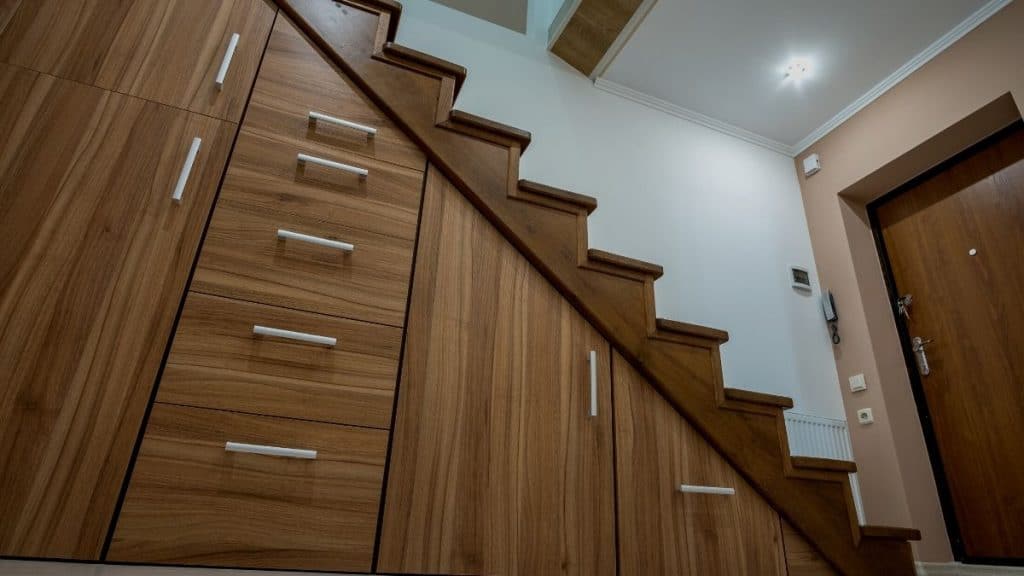
Anyone looking to build a tiny house will need to consider how they will maximize storage space.
One option is to add a loft, which can be used for sleeping, working, or simply storing belongings.
However, building a loft can be tricky, and there are a few things to keep in mind to ensure that the space is both functional and safe.
- First, it’s essential to ensure that the loft is adequately supported.
- This means adding beams or trusses to ensure that the floor can hold the weight of both the loft and any occupants.
- Second, it’s essential to add guardrails around the perimeter of the loft to prevent accidental falls.
- Finally, it’s also good to insulate the space to make it more comfortable and energy-efficient.
By following these simple steps, anyone can add an extra level of storage – and livability – to their tiny house.
3. Dormers
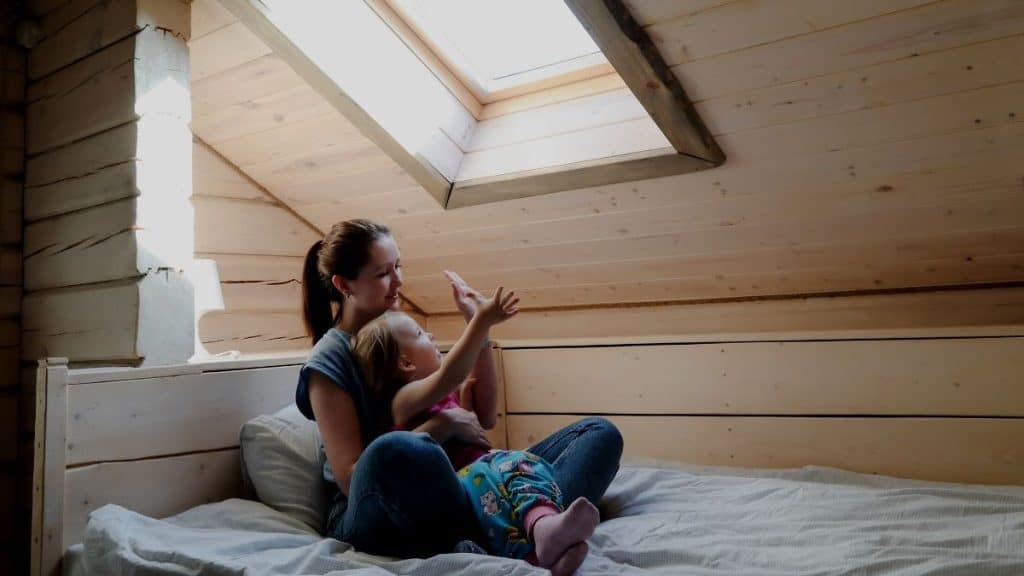
For those of us looking to downsize our lives and simplify our homes, the idea of a tiny house is very appealing.
And one of the best things about tiny houses is that they can be built on just about any trailer.
That means having your tiny house on wheels, making it easy to take with you wherever you go.
But what if you don’t want to tow your tiny house behind your car?
What if you want to be able to park your tiny house in your backyard and have it be a permanent part of your home?
That’s where dormers come in.
Dormers are small trailers that are designed specifically for tiny houses.
They are usually less than eight feet wide, and they typically have two or three axles so that they can be easily towed behind a car or truck.
And best of all, dormers can be parked in your backyard just like any other trailer.
That means that you can have your own permanent tiny house without worrying about getting a permit from the city or hauling it around with you every time you move.
4. Solar Panels
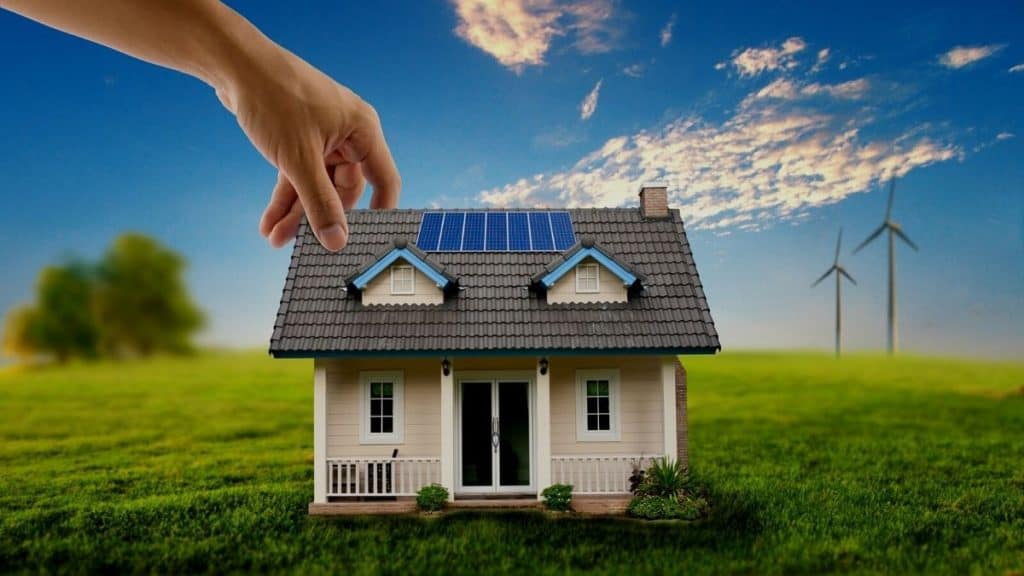
Solar panels are one of the most common features in a tiny house.
And for a good reason!
Solar panels provide a clean and renewable energy source, which is perfect for powering all your tiny house appliances.
They’re also incredibly efficient, meaning you’ll save money on your energy bills in the long run.
Of course, solar panels do have their downsides.
They can be expensive to install, requiring a fair amount of maintenance.
But if you’re looking for an eco-friendly way to power your tiny house, solar panels are worth considering.
5. Built-Ins
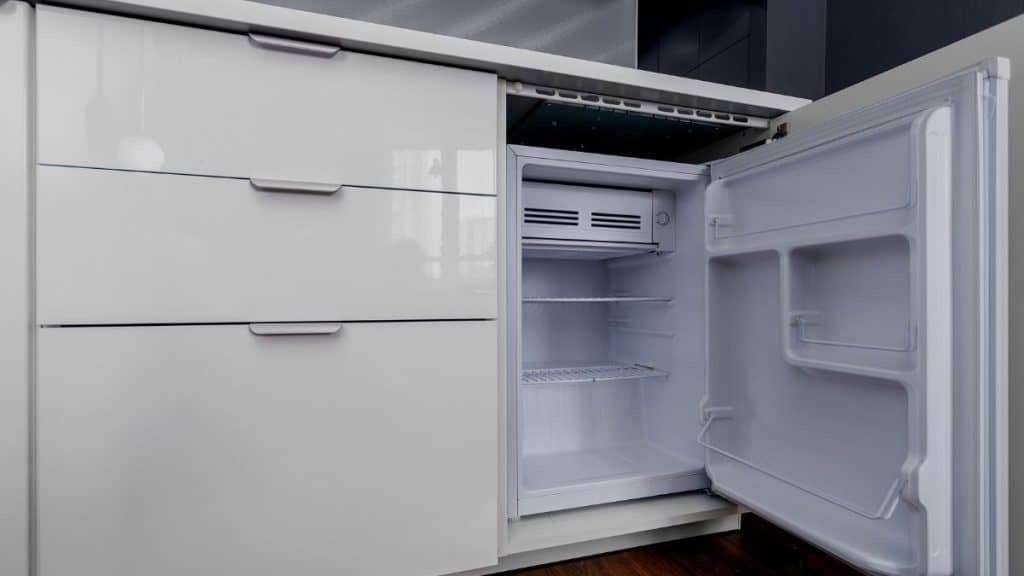
There’s something about a tiny house that makes you want to cozy up with a good book and a cup of tea.
Maybe it’s the lack of space or that everything is so close together.
Whatever the reason, there’s no denying that tiny houses have a certain charm.
But while they may be charming, they’re also often lacking in storage space.
This is where built-ins come in.
Built-ins are essential furniture built into your tiny house’s walls.
This can include things like bookshelves, cabinets, and even Murphy beds.
They save space, but they also add a touch of luxury.
Imagine being able to tuck away your bed at the end of the day or having a hidden cabinet for all your dishes.
Built-ins are the perfect way to make your tiny house feel like a proper home.
6. Hook-Ups
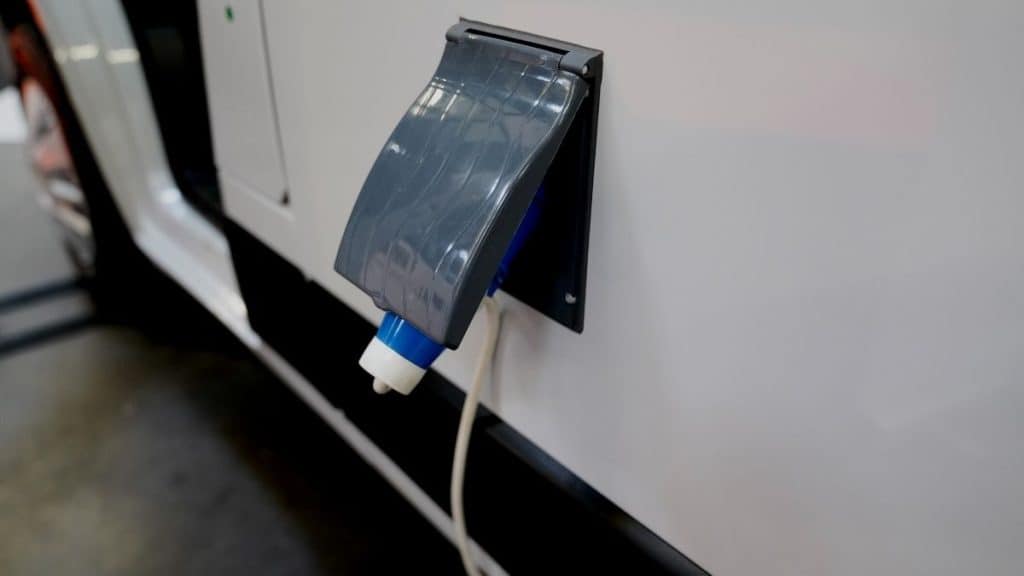
Most people think of a tiny house as a simple dwelling, but there are many different ways to make use of this small space.
One popular option is to add a hook-up, which can provide extra utilities and amenities for your tiny home.
Hook-ups can include water and electricity, sewage, cable, and even Wi-Fi.
While some people worry that adding too many hook-ups will make their tiny house seem more like a traditional home, the truth is that these extras can add a lot of value.
They make your tiny house more functional, but they also make it more comfortable and convenient.
In other words, if you’re looking to get the most out of your tiny house, don’t be afraid to add a few hook-ups.
7. Multi-Use Appliances
One of the best things about appliances is that they often come with multiple uses.
For example, your oven can also double as a storage space, and your washer can also be used as a dryer.
This is especially useful for people who live in tiny houses, as every square inch counts.
Multi-use appliances help save space and money, both of which are important for anyone living in a tiny house.
In addition, multi-use appliances tend to be more durable and efficient than their single-use counterparts.
The Nostalgia BST3AQ Breakfast Station is the perfect multi-use appliance for any tiny house.
With the Nostalgia BST3AQ Breakfast Station, you can have a lovely morning in your tiny house.
We earn a commission if you click this link and make a purchase at no additional cost to you.
So not only will you save space and money, but you’ll also end up with a better-quality appliance.
Whether you’re looking to save space, money, or get the most bang for your buck, multi-use appliances are the way to go.
8. Multipurpose Areas
One of the great things about tiny houses is that they can be designed to serve multiple purposes.
For example, a tiny house could have a living area and kitchen on the first floor and a bedroom and bathroom on the second floor.
Or, a tiny house could have a downstairs living area that converts into a guest room when needed.
The possibilities are endless!
And best of all, multipurpose areas can help to maximize the use of space in a tiny house.
So, if you’re looking for ways to make your tiny house more livable, consider incorporating some multipurpose areas into the design.
You might be surprised at how much they can improve your quality of life!
9. Rainwater Catchment
Nowadays, more and more people are looking for ways to live a simpler life.
One popular solution is the tiny house movement, which advocates for smaller living spaces and a more minimalist lifestyle.
Another growing trend is the use of rainwater catchment systems.
These systems allow homeowners to collect and store rainwater for later use.
Although they are often used in areas with scarce water resources, they can also be a great way to reduce your environmental impact.
In addition, rainwater catchment systems can provide a reliable water source during drought conditions.
If you’re considering going tiny, then a rainwater catchment system might be the perfect solution for you.
10. Shelving

So, you’re thinking of building a tiny house? Congratulations!
This is an exciting step in your journey to downsize and simplify your life.
One of the most important things to consider when designing your tiny house is storage.
After all, you’ll need somewhere to put all your belongings!
An excellent option for tiny house storage is shelving.
Can use shelving to store everything from clothes to dishes to books.
And best of all, it doesn’t take up much space!
So if you’re looking for a way to maximize storage in your tiny house, shelving is a great option.
11. Outdoor Living Space
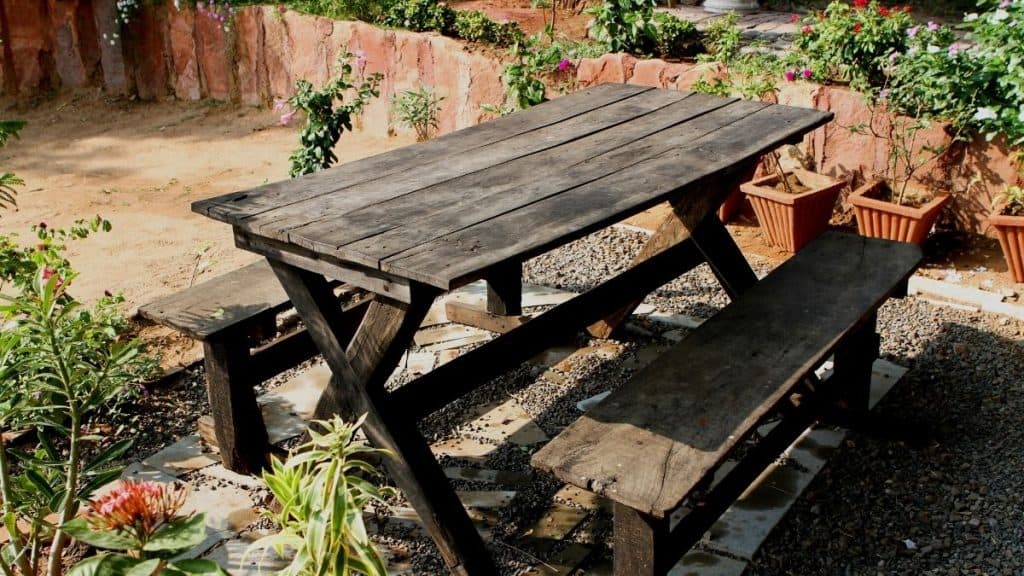
Imagine having all the comforts of home but in a fraction of the space.
That’s the beauty of living in a tiny house.
But just because your dwelling is small doesn’t mean your outdoor living space has to be.
In fact, one of the significant advantages of owning a tiny house is that you can maximize your use of outdoor space.
With a bit of creativity, you can turn your teeny-tiny backyard into an oasis, complete with all the amenities you need to enjoy your life.
So go ahead and add that hammock, fire pit, and vegetable garden-your small space is ready for big things!
12. A Porch
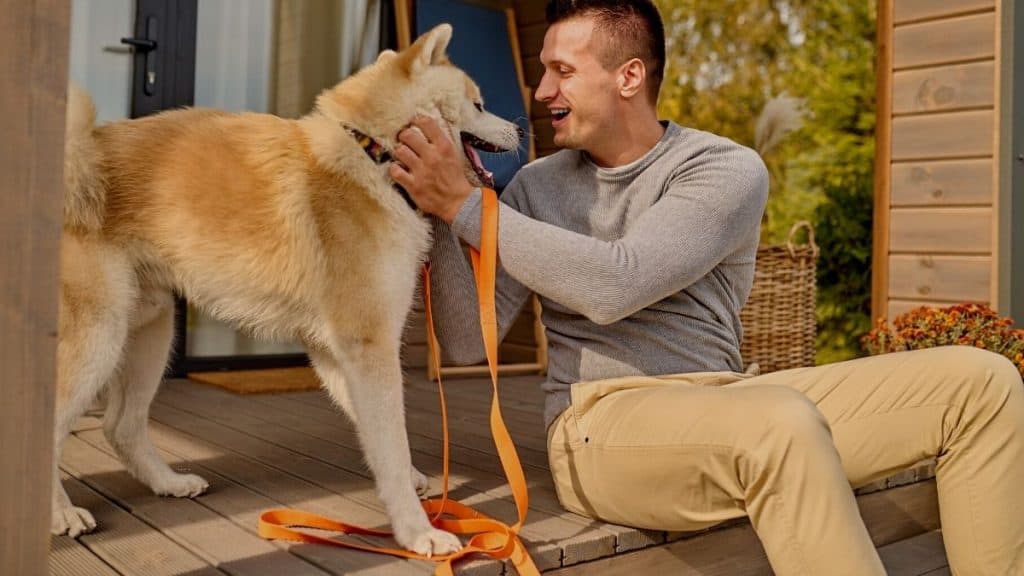
If you have dogs, then having a porch is a must.
It’s a shaded place to sit outside, and it will make a big difference when you realize how much time you spend outdoors after going tiny.
Your porch is the perfect place to relax and watch the world go by with your furry friend by your side.
Plus, it’s a great place to keep an eye on your dog while playing in the yard.
And when it’s hot out, a porch provides a much-needed respite from the heat.
So if you’re considering going tiny, be sure to include a porch in your plans.
Your dogs will love you for it!
13. Futon or Pull out Couch
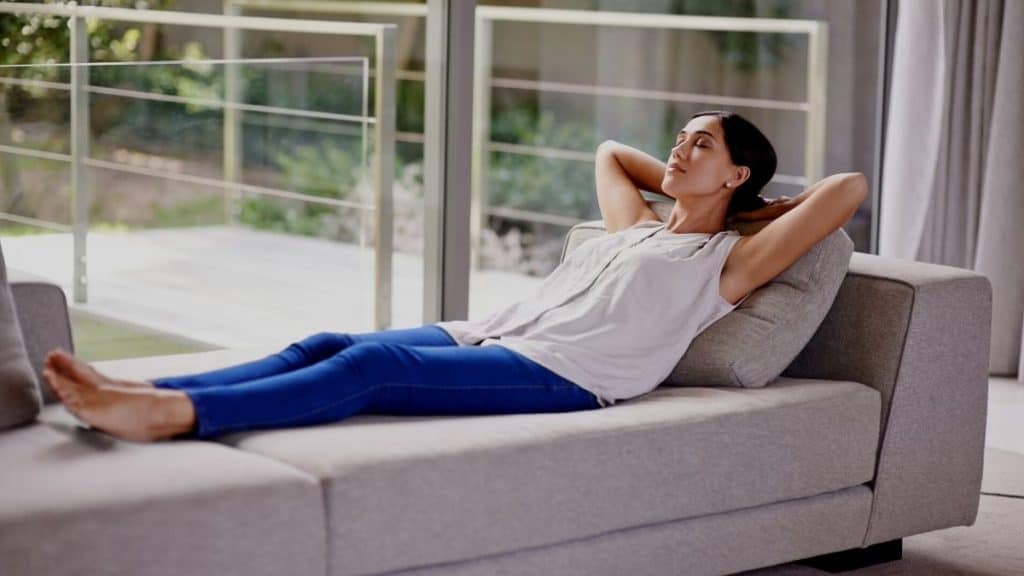
There are many benefits to having a futon or pull-out couch.
For one, they are incredibly versatile pieces of furniture.
They can be used as a sofa during the day and then easily converted into a bed at night.
This makes them ideal for small spaces since you don’t need to have two separate pieces of furniture for sleeping and sitting.
Additionally, futons and pull-out couches tend to be much more affordable than traditional sofas and beds. If you’re on a tight budget, they can be a great way to save money.
Finally, futons and pull-out couches tend to be very comfortable.
They’re perfect for relaxing after a long day or taking a nap on a lazy Sunday afternoon.
Whether you’re looking for a piece of furniture that’s cheap, space-saving, or just plain comfortable, a futon or pull-out couch is worth considering.
14. Composting Toilet
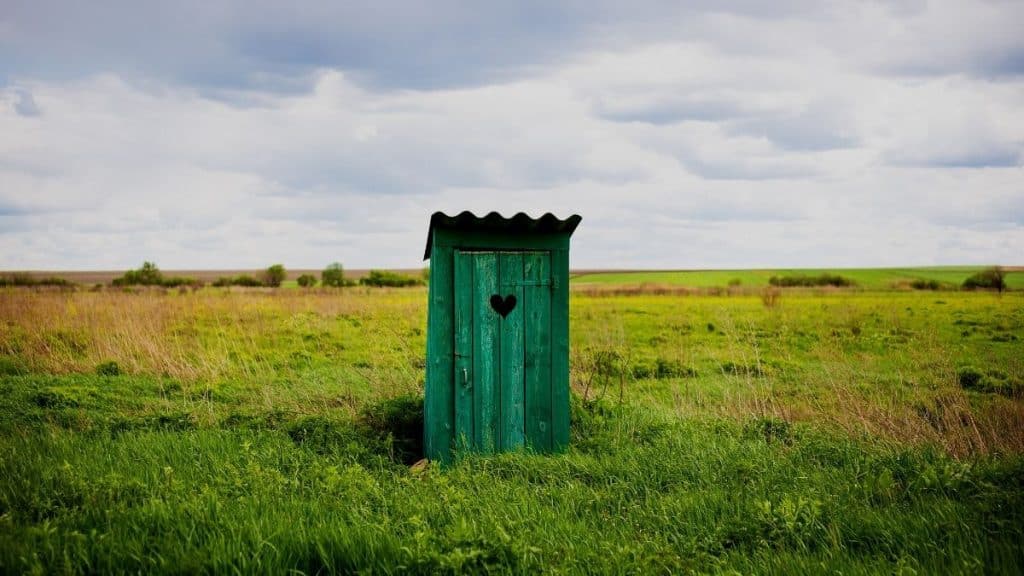
A composting toilet is a type of toilet that uses very little water and produces compost instead of sewage.
They are often used in tiny houses where space and water are limited.
The way a composting toilet works is that it separates solid and liquid waste.
Aerobic bacteria then break down the solid waste into compost.
The decomposition process takes several months, but the finished product can be used as fertilizer.
The liquid waste is diverted to a separate container where it evaporates or is used to water plants.
Composting toilets is an eco-friendly option for those who want to reduce their environmental impact.
They are also relatively easy to maintain and can save you money on your water bill.
15. Convertible Sofa
A convertible sofa is an excellent piece of furniture for a tiny house.
It can be used as a sofa and converted into a bed at night.
This way, you can save space in your tiny house and have a place to sleep when guests stay over.
Convertible sofas come in different sizes, so you can choose one that fits your needs.
They also come in different styles, so you can find one that matches the rest of your furniture.
If you’re looking for a piece of furniture that is both functional and stylish, a convertible sofa is a great option.
The Benefits of Owning a Tiny House
In recent years, the popularity of tiny houses has exploded. And it’s no wonder why.
These tiny homes offer several advantages over their traditional-sized counterparts.
For one, they’re more affordable.
Because they require fewer materials and labor to build, tiny houses often come with a price tag far below that of a traditional home.
In addition, tiny houses are much easier to maintain.
There’s less surface area to clean and fewer rooms to keep tidy.
And for those who desire a more sustainable lifestyle, tiny houses use far less energy than larger homes.
All in all, it’s easy to see why tiny houses have become such a popular option for so many people.
Things to Consider Before Building or Buy a Tiny House
When it comes to tiny houses, there are many things to consider before taking the plunge.
For starters, you need to think about your budget.
A tiny house can cost anywhere from $10,000 to $100,000, so you need to be realistic about what you can afford.
It would help if you also considered your lifestyle.
- Do you travel often?
- Do you work from home?
- How many people will be living in your tiny house?
Answering these questions will help you determine what kind of tiny house is right for you.
Finally, you need to consider your building site.
- Where will your tiny house be located?
- Do you have the necessary permits and approvals?
Taking the time to answer these questions will help ensure that your tiny house experience is positive.
How to Decide if A Tiny House Is Right for You
So you’re thinking about downsizing to a tiny home, huh?
It’s a big decision (literally) and not to be taken lightly.
There are a few key things to consider before making the switch from 2,000 square feet to 200.
Here’s a quick rundown of what you need to think about before going tiny.
Do you like your stuff?
Because in a tiny house, there’s not a lot of room for extraneous belongings.
Every item in your home will serve a specific purpose or bring you Joy (a la Marie Kondo).
So if you’re attached to your collection of ceramic frogs, it might be time to say goodbye.
How do you feel about tight spaces?
In a tiny house, there aren’t a lot of places to hide when things start to feel cluttered or claustrophobic.
If the thought of being in close quarters makes you panicked, a tiny house might not be the best fit.
What’s your relationship with nature like?
If you prefer nights spent indoors watching Netflix to hiking through the woods, living in a remote location might not be ideal.
Tiny houses often require compromise regarding amenities like plumbing and heat, which means being more connected to the great outdoors.
Frequently Asked Questions
What Are the Three Positive Features of A Tiny House?
A tiny house is a great way to downsize and simplify your life.
Here are three reasons why a tiny house might be right for you:
1. You can save money.
A tiny house uses fewer materials and costs less to build than a traditional home.
Additionally, you can save on heating and cooling costs because a smaller space requires less energy to heat and cool.
2. You can reduce your environmental impact.
A tiny house has a smaller footprint than a traditional home, so you’ll use less energy and resources.
Additionally, you can choose eco-friendly materials and appliances for your tiny house to reduce your impact further.
3. You can live a simpler life.
You’ll declutter your energy and focus on what’s important to you with fewer possessions and a smaller space.
Additionally, you’ll have more time for hobbies, travel, and time with loved ones.
What Are the 3 Negative Features of A Tiny House?
A tiny house might sound like a perfect solution for someone who wants to declutter their life and downsize their living expenses.
But there are a few things to consider before switching to miniature living.
For one, a Tiny House is just that: tiny.
There’s not a lot of room for storage, so you’ll have to be careful about what you choose to keep and what you can live without.
And forget about hosting parties or overnight guests – unless you’re ok with them sleeping on your couch or floor.
Another downside to Tiny House living is that it can be isolating.
If you’re used to being surrounded by people, the isolation of a Tiny House might be too much to bear.
Finally, there’s the issue of mobility.
Unlike a traditional home, you can move into a tiny house, which means it’s less stable and more vulnerable to weather damage.
So if you’re thinking of making the switch to Tiny House living, make sure you weigh the pros and cons carefully.
What Defines a Tiny House?
A tiny house is typically a 400 square feet or minor dwelling.
However, there is no hard and fast rule about what size qualifies as “tiny.”
In fact, some people have embraced the tiny house lifestyle in homes that are closer to 1000 square feet.
For many people, the appeal of a tiny house lies in its simplicity.
There is less to clean and maintain with fewer rooms and less stuff.
This can leave more time and energy for more essential pursuits for the homeowner.
In addition, tiny houses often require a smaller financial investment than traditional homes, making them an attractive option for people looking to downsize or live a more sustainable lifestyle.
Whether you’re looking to declutter your life or save some money, a tiny house might be the perfect solution.